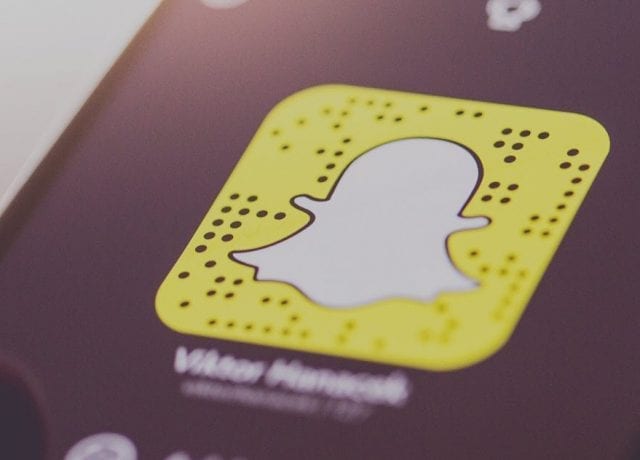Snapchat is one of the fastest growing social media networks, currently valued at about $18 billion.
It’s also one of the fastest growing platforms for mobile advertisers.
The number of brands advertising on Snapchat is rising very quickly. These brands seek to target the platform’s youthful audience – 71% of current users are under the age of 34.
Snapchat By the Numbers
In November and December of 2017, MediaRadar observed 328 brands advertising across Snapchat’s 30 Discover Channels. The average brand placed ads on about 40% of those channels, with the largest overall buy being 16 out of the 30 channels.
Categorically, nearly 60% of brands that advertised were within the entertainment and tech spaces, mostly promoting new movies and apps, given the app’s young demographic.
Despite currently having such a specific, young audience, Snapchat’s advertising suggests that there is still substantial room for growth, since there are numerous companies, in numerous product categories, that target the teen and early-20’s demographic.
Since Snapchat’s ad inventory is so unique and new to advertisers, however, there are many lingering questions as to what is actually available to buy.
So, then, what is for sale on Snapchat? What can advertisers buy on the growing platform?
Let’s take a look at the types of ads available to brands on Snapchat:
1. Sponsored Lenses
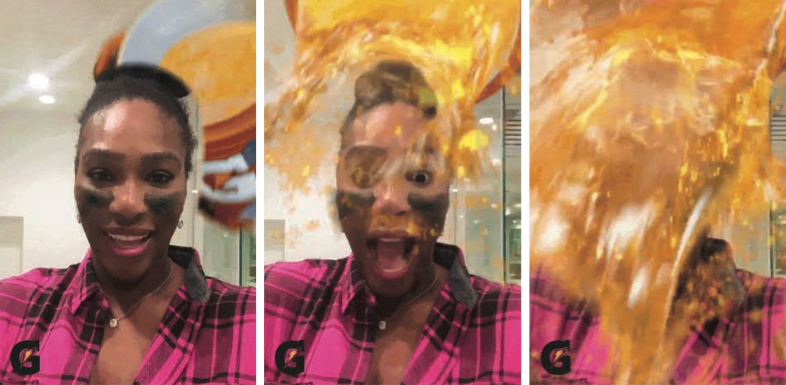
Sponsored Lenses are filters that can be applied to any video or photo taken by a Snapchat user.
Lenses are made so that users can interact with them. Like the Gatorade lense above, the user typically has to do something specific with their face to trigger the lense, like open their mouth, raise an eyebrow, or nod their head.
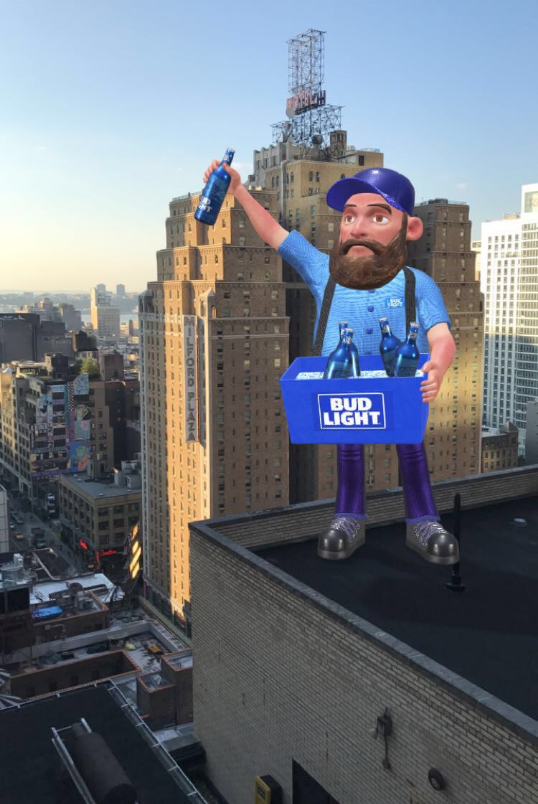
There are a few versions of lenses, as well. Some serve more as a frame or filter for still-shots.
Others, like above, are interactive clips.
Snapchat even has “World Lenses” for non-selfie images, where users see filters added to the world around them.
With so many working parts, however, Sponsored Lens campaigns take time to implement.
Sponsored Lenses are created and coded by Snapchat’s Creative partners, in line with the preferences of the advertiser.
Because of the more extensive creation process, however, Sponsored Lens campaigns offer quite a bit of flexibility to advertisers.
Advertisers can have multiple lens variations throughout the lifespan of their campaign. For example, they may have an additional lens within their filter for photos with multiple faces on-screen.
They can have lenses for the rear camera, front camera, or both, separately – take the two above photos as an examples.
Lastly, they have the opportunity to swap out one lens for another during the span of their campaign.
It’s very rare for consumers to actually want to interact with ads… Sponsored Lenses are a great way for advertisers to have fun with consumers and better engage them.
The full rundown of prices includes $450,000 per day from Sunday-Thursday, $500,000 per day on Friday and Saturday, and $700,000 or more per day for holidays and special event days.
During the 2016 Super Bowl, the Gatorade Lens above received an astounding 165 million views.
Regardless of the price, and despite the fact that these lenses can take weeks to create, the payoff can be incredible.
Let’s see some of the previously mentioned lenses in action:
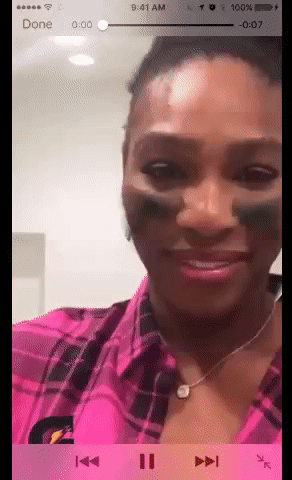

2. Sponsored Geofilter
A Sponsored Geofilter is a filter that appears on a Snapchat user’s app, depending on their geographic location.
More specifically, these filters are triggered by what is known as a geofence. A geofence is a defined geographic location that signifies the area in which an advertisers wants their campaign to be seen.
Filters can be targeted to certain age groups, and can run for varying amounts of time.
Geofilters can also be purchased on a National or Local scale. National, for large companies building general brand or product awareness, and Local, for more pointed, targeted building of brand awareness.
Advertisers can target Snapchat users virtually anywhere.
Retailers can use Snapchat Geofilters to target and retarget consumers that have entered specific retail locations and malls.
They can also use these ads to target attendees of a specific event, such as sporting events or music festivals:
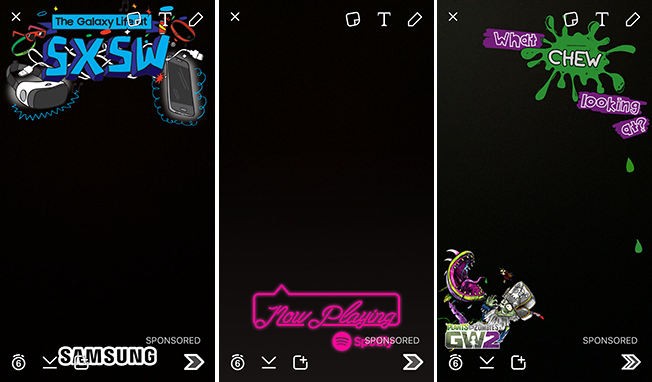
Advertisers can also use Geofilters to simply target high app-traffic areas. Places like the airport and college campuses are good examples of high traffic Snapchat locations.
Prices for Geofilters vary greatly because of the multiple levels of targeting available.
Location, population size, geofence size, and campaign length all contribute to the final cost of a Sponsored Geofilter, making the cost fairly indistinguishable.
Snapchat charges only $5 per 20,000 square feet, however, making the low-end of Geofilter costs close to, if not the, cheapest option for advertisers on the app.
3. Snap Ads
Snap Ads are mobile vertical video ads that run within Snapchat. They fill the screen with a brand message, and can offer a lead into more content, through a “swipe-up.”
In this form, a “swipe-up” is equivalenet to a click-through in other formats.
If a user swipes up, they’ll then be brought through to more extensive content, which may include articles, websites, or longer videos. Users can view this content all while remaining in-app, unless the ad sends them elsewhere.
A Snap Ad can serve as a clickable headline for video content or an article. Below are two examples from Gatorade. One ad leads users to sponsored content on Refinery29’s site, and the other leads to longer video content featuring Serena Williams.
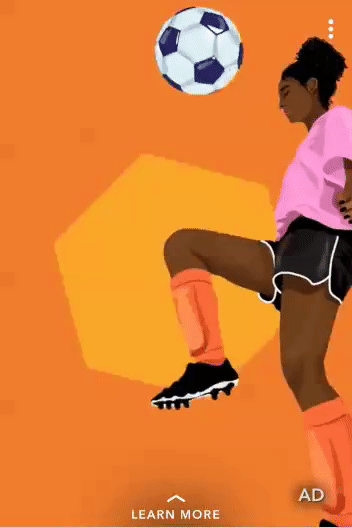

Snap ads can also offer interactivity with users. In another Gatorade campaign, upon swiping up, Snapchat users would be brought to an 8-bit style tennis video game, in-app. This is another great way for brands to drive engagement with their ads.
The minimum cost for Snap Ads are $3,000 per month, plus additional fees for management, creative, and so on.
4. Snapchat Discover
Snapchat Discover ads are the most expensive option on the app, with a price starting at $50,000 a day.
The Discover section of the app is for large companies and publishers promoting their content. The reason that this space is so expensive, however, is because of its tremendous reach.
It is essentially a section of featured content.
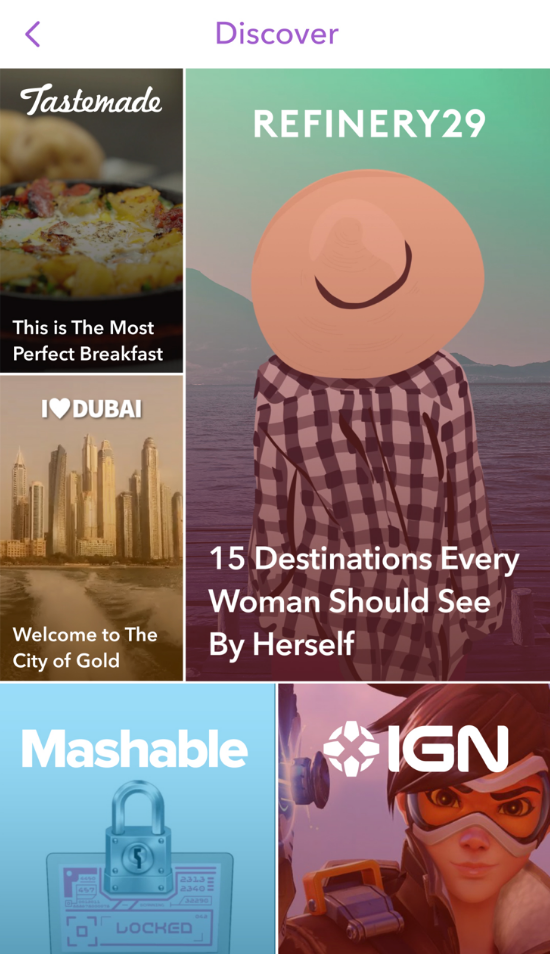
Brands can have video ads appear here, including the types previously mentioned – interactive ads and swipe-up ads that lead to more content.
This is a great section for publishers to take advantage of high levels of mobile traffic.
Analyzing Snapchat advertising has become a great way to learn about how consumers interact with the app, how they interact with their phones, and is a great way to learn about the advertising industry as a whole, and the future of mobile advertising.
